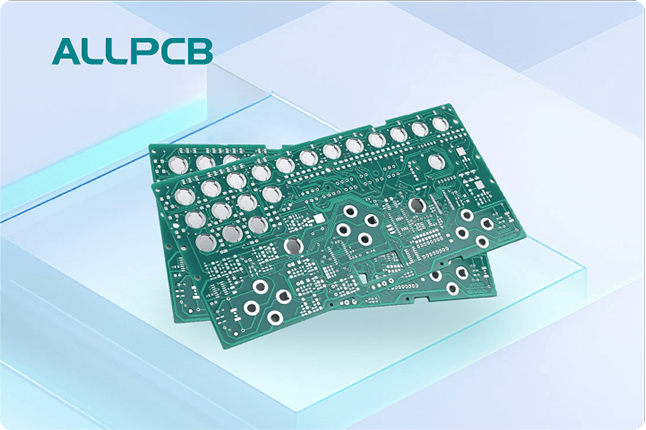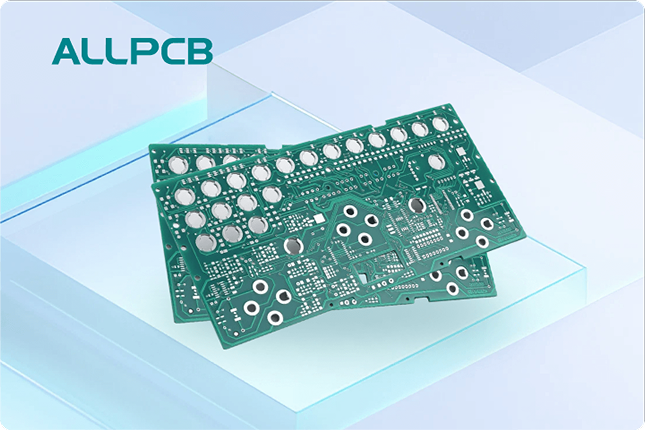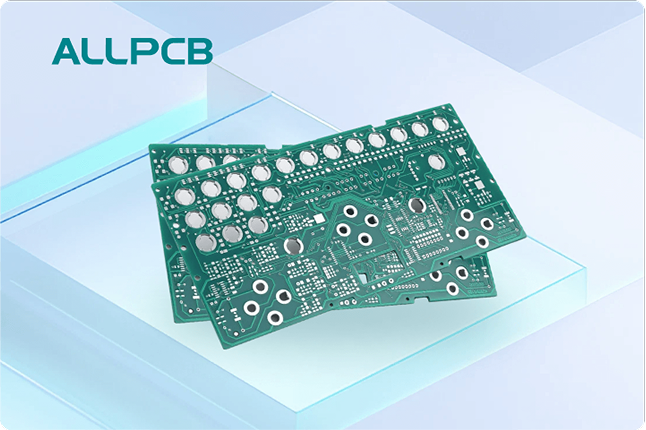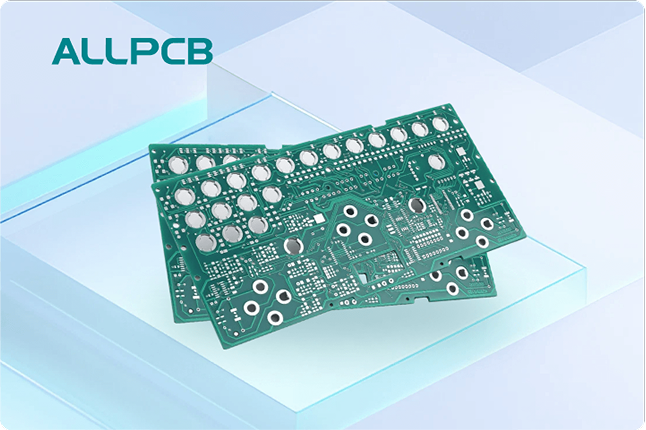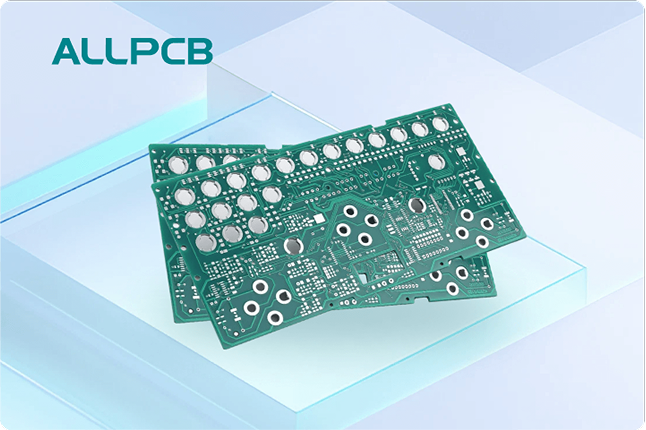In the high-stakes world of aerospace, where electronics must perform flawlessly under extreme conditions, conformal coating for aerospace applications plays a vital role in ensuring aerospace PCB reliability. These protective layers shield printed circuit boards (PCBs) from harsh environments, including moisture, chemicals, and temperature swings, while meeting strict standards like MIL-SPEC conformal coating requirements. But what makes these coatings so critical, and how do they address challenges like conformal coating outgassing and conformal coating thermal cycling? In this comprehensive guide, we’ll dive deep into the importance of conformal coatings in aerospace, the specific requirements they must meet, and how they ensure the longevity and performance of critical systems.
Why Conformal Coating is Essential for Aerospace PCBs
Aerospace electronics operate in some of the most demanding environments imaginable. From the frigid vacuum of space to the intense vibrations of a jet engine, PCBs in aircraft, satellites, and spacecraft face constant threats that can degrade performance or cause failure. Conformal coatings act as a protective barrier, safeguarding sensitive components from moisture, dust, corrosion, and electrical interference. Without this protection, a single drop of condensation or a stray particle could short-circuit a system, leading to catastrophic consequences.
In aerospace applications, reliability isn’t just a goal—it’s a necessity. A failure in a flight control system or communication module can jeopardize missions worth millions or even human lives. Conformal coatings enhance aerospace PCB reliability by providing insulation, preventing electrical shorts, and resisting environmental stressors. They are a critical line of defense, ensuring that electronics function as intended, no matter the conditions.
Key Requirements for Conformal Coating in Aerospace Applications
The aerospace industry imposes stringent requirements on conformal coatings due to the critical nature of the systems they protect. These requirements go beyond basic protection, addressing specific challenges like extreme temperatures, vacuum environments, and military specifications. Let’s explore the core demands that conformal coatings must meet to ensure reliability in aerospace settings.
1. Compliance with MIL-SPEC Conformal Coating Standards
MIL-SPEC conformal coating standards are a benchmark for quality and performance in aerospace and military applications. These standards, such as MIL-I-46058C, outline the necessary properties for coatings used on PCBs in harsh environments. They specify requirements for dielectric strength, adhesion, flexibility, and resistance to chemicals and temperature extremes. For instance, a coating must maintain its protective properties even when exposed to solvents or fuels commonly used in aerospace operations.
Meeting MIL-SPEC standards ensures that a coating can withstand the rigors of flight and space travel. It also guarantees compatibility with rigorous testing protocols, giving manufacturers and engineers confidence in the durability of their electronics. Adhering to these standards is non-negotiable for aerospace projects, as they often involve government contracts or missions where failure is not an option.
2. Resistance to Conformal Coating Thermal Cycling
Aerospace environments subject electronics to dramatic temperature fluctuations, known as thermal cycling. A satellite in orbit, for example, may experience temperatures ranging from -150°C in the shade to 120°C in direct sunlight within a single cycle. Conformal coating thermal cycling performance is critical to prevent cracking, delamination, or loss of adhesion under these conditions.
High-quality coatings are engineered to handle thermal expansion and contraction without compromising their protective barrier. For instance, silicone-based coatings often excel in thermal cycling tests due to their flexibility and wide temperature range tolerance (typically from -65°C to 200°C). By maintaining integrity during thermal stress, these coatings ensure that aerospace PCBs remain reliable over long mission durations.
3. Managing Conformal Coating Outgassing in Vacuum Environments
In space applications, conformal coating outgassing is a significant concern. Outgassing refers to the release of volatile compounds from a material when exposed to a vacuum or high temperatures. These released gases can contaminate sensitive equipment, such as optical sensors or solar panels, and degrade performance. For aerospace PCBs in satellites or spacecraft, coatings must have low outgassing properties to prevent mission interference.
NASA and other space agencies use standards like ASTM E595 to measure a material’s Total Mass Loss (TML) and Collected Volatile Condensable Materials (CVCM). A typical requirement might be a TML of less than 1.0% and a CVCM of less than 0.1%. Parylene coatings, for example, are often chosen for space applications due to their low outgassing characteristics, ensuring that they don’t release harmful compounds in a vacuum environment.
4. Protection Against Moisture and Chemicals
Aerospace PCBs are frequently exposed to humidity, condensation, and corrosive substances like jet fuel or de-icing fluids. Conformal coatings must provide a robust barrier against moisture ingress, which can lead to corrosion or electrical shorts. They must also resist chemical degradation to maintain their protective properties over time.
Acrylic coatings, for instance, offer excellent moisture resistance and are often used in less extreme aerospace applications. For harsher environments, polyurethane coatings provide superior chemical resistance, protecting against aggressive solvents and fuels. Choosing the right coating type depends on the specific environmental challenges the PCB will face during its operational life.
Types of Conformal Coatings for Aerospace Applications
Not all conformal coatings are created equal. Different materials offer unique benefits and are suited to specific aerospace challenges. Below, we’ll explore the most common types used in conformal coating for aerospace applications and their key properties.
Acrylic Coatings
Acrylic coatings are widely used due to their ease of application, affordability, and solid performance in moderate environments. They provide good moisture resistance and dielectric properties, with a typical dielectric strength of around 1,000 volts per mil (0.001 inch). However, they may not perform well under extreme thermal cycling or in high-vibration scenarios, making them more suitable for ground-based or less demanding aerospace systems.
Silicone Coatings
Silicone coatings are prized for their flexibility and wide temperature range, often operating effectively from -65°C to 200°C. This makes them ideal for applications involving conformal coating thermal cycling. They also offer good resistance to moisture and vibration, though they may have lower abrasion resistance compared to other materials. Silicone is often used in aircraft electronics where temperature swings and mechanical stress are common.
Parylene Coatings
Parylene coatings stand out for their exceptional uniformity and low outgassing properties, making them a top choice for space applications. Applied via a vapor deposition process, Parylene forms a thin, pinhole-free layer (often 0.5 to 2 mils thick) that provides excellent dielectric strength (up to 5,000 volts per mil) and chemical resistance. Their ability to meet stringent conformal coating outgassing requirements makes them ideal for satellites and spacecraft.
Challenges in Applying Conformal Coatings for Aerospace PCBs
While conformal coatings are essential for aerospace PCB reliability, applying them correctly poses several challenges. Improper application can lead to defects like bubbles, uneven coverage, or poor adhesion, all of which compromise protection. Here are some common hurdles and how they are addressed.
Ensuring Uniform Coverage
Aerospace PCBs often have complex geometries with tight spaces and high-density components. Achieving uniform coating thickness in these areas is critical to avoid weak spots. Automated spray systems or vapor deposition methods (for Parylene) are often used to ensure consistent application, with thickness typically ranging from 1 to 5 mils depending on the coating type and requirements.
Avoiding Masking Issues
Certain areas of a PCB, like connectors or test points, must remain uncoated. Masking these areas during application requires precision to prevent leakage or overspray. Advanced masking materials and techniques, such as peelable latex or custom fixtures, help achieve clean boundaries without damaging the board.
Testing and Validation
After application, coatings must be tested to verify performance under simulated aerospace conditions. This includes thermal cycling tests (e.g., 100 cycles between -55°C and 125°C), humidity exposure (e.g., 85% relative humidity at 85°C for 1,000 hours), and outgassing assessments. These tests ensure the coating meets MIL-SPEC conformal coating standards and can withstand real-world challenges.
How Conformal Coatings Enhance Aerospace PCB Reliability
The ultimate goal of conformal coating for aerospace applications is to boost aerospace PCB reliability. By protecting against environmental stressors, coatings extend the lifespan of electronics and reduce the risk of failure. For example, a well-coated PCB in a military drone can resist corrosion from saltwater exposure during coastal missions, maintaining signal integrity for critical communications.
Coatings also prevent electrical issues like arcing or short circuits, which are especially dangerous in high-voltage systems. With dielectric strengths often exceeding 1,000 volts per mil, they ensure insulation even in compact, high-density designs. This reliability translates to fewer maintenance needs and lower costs over the lifecycle of aerospace equipment.
Future Trends in Aerospace Conformal Coatings
As aerospace technology evolves, so do the demands on conformal coatings. Emerging trends include the development of eco-friendly coatings with reduced volatile organic compounds (VOCs) and advanced materials that offer even greater thermal and chemical resistance. Nanotechnology is also playing a role, with ultra-thin coatings providing robust protection without adding bulk or weight to PCBs.
Additionally, the rise of unmanned systems and commercial space travel is driving demand for coatings that can handle new environmental challenges. Innovations in application techniques, such as robotic precision coating, are improving consistency and reducing waste, ensuring that future aerospace electronics are more reliable than ever.
Conclusion: Ensuring Reliability with the Right Conformal Coating
Conformal coating for aerospace applications is a cornerstone of aerospace PCB reliability, protecting critical electronics from the harshest conditions imaginable. By meeting stringent requirements like MIL-SPEC conformal coating standards, resisting conformal coating thermal cycling, and minimizing conformal coating outgassing, these coatings ensure that systems perform without fail. Whether it’s an acrylic coating for ground equipment, silicone for aircraft, or Parylene for spacecraft, choosing the right material and application method is key to success.
At ALLPCB, we understand the importance of reliability in aerospace projects. Our expertise in PCB manufacturing and protective coatings helps engineers build systems that stand up to the toughest challenges. By prioritizing quality and precision, we support the aerospace industry in pushing the boundaries of what’s possible, one reliable board at a time.
 ALLPCB
ALLPCB


